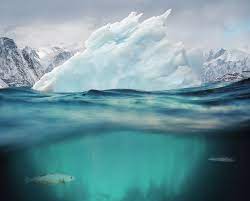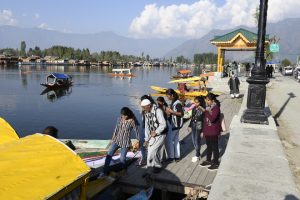
Glaciers across J&K melting fast, need ‘Continuous Monitoring’
Junaid Nabi Bazaz
More alarming evidence has come to the fore that Jammu and Kashmir are sitting on an imminent climatic disaster. The bad news has come both from a central government report as well as from the well-known Delhi-based Centre for Science and Environment (CSW).
According to the CSE report, all the 10 glaciers in Jammu and Kashmir are among the 39 glaciers in India that have been found to be at high risk.
As per the report, these glaciers are melting fast, with a 40 percent increase in their water levels recorded in the last decade.
“They need to be monitored closely to avoid any disasters,” the report warns.
The Monitoring of Glacial Lakes & Water Bodies in the Himalayan Region report by the Department of Water Resources, Government of India, has also recommended that “these Glacial lakes & water bodies require continuous monitoring in order to avoid any future disaster.”
So, what can this change in glacier conditions do to life on earth? Researchers have found that it can first land and fill up the space that creates glacial lakes. Second, it can cause floods beyond the control of existing infrastructure.
An example of this was witnessed in February this year, when a piece of a glacier broke off high in Uttarakhand’s Himalayas, causing a deadly flash flood that smashed through a hydroelectric power plant. It destroyed many homes, too. Two persons from JK, including a Kashmir-based engineer, died in the incident in which more than 70 people lost their lives.
In another report, the CSE has shown what climatic disasters have already done to people. Its State of India’s Environment Report 2021 says that 39 lakh people in India were displaced in 2020 due to climate disasters and conflicts and violence related to the environment. Most of the displacements occurred due to major climate disasters like avalanches and landslides, which frequently happen in Jammu and Kashmir.
“India is also prone to other sudden and slow-onset hazards, including earthquakes, tsunamis, cyclones, storm surges, and droughts,” the report says.
On average, around 3.73 million people a year were displaced between 2008 and 2020, the majority by flooding during the monsoon, the report mentioned.

